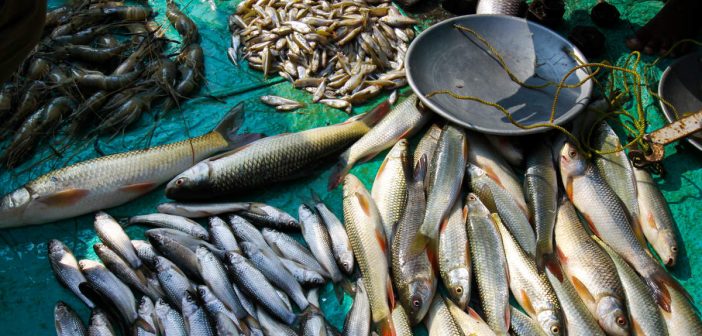India, with its vast coastline and rich marine resources, holds immense potential to be a global leader in seafood exports. However, despite boasting a significant share of the global market, the Indian seafood industry lags behind competitors like Vietnam and Thailand, failing to fully capitalize on its potential. This underperformance translates into significant economic losses for the nation.
The Lag in Numbers:
While India ranks among the top seafood exporters globally, its performance pales in comparison to regional competitors. Vietnam, for instance, has surpassed India in shrimp exports, a key segment of the industry. Thailand, with a smaller coastline, boasts a significantly higher value of seafood exports, highlighting the gap that India needs to bridge.
Causes of the Lag:
Several factors contribute to India’s underperformance in seafood exports:
- Outdated Infrastructure: Much of India’s seafood processing infrastructure is outdated and lacks the capacity to handle large volumes efficiently. This leads to delays, wastage, and ultimately, a decline in product quality.
- Regulatory Burden: Stringent regulations and bureaucratic hurdles often impede the smooth functioning of the industry. Delays in obtaining permits and complicated export procedures discourage potential investors and hinder growth.
- Limited Investment: Compared to competitor nations, India attracts significantly less foreign investment in the seafood sector. This lack of capital restricts modernization efforts and hinders the adoption of advanced technologies.
- Unsustainable Practices: Overfishing and destructive fishing practices threaten the long-term sustainability of the industry. Additionally, inadequate waste management and pollution pose challenges to maintaining the quality and reputation of Indian seafood.
- Skill Gap: The industry suffers from a lack of skilled personnel, particularly in areas like aquaculture, processing, and quality control. This impedes the implementation of best practices and hampers overall efficiency.
Economic Losses:
The underperformance of the seafood export sector results in substantial economic losses for India:
- Missed Export Revenue: India’s potential for higher seafood exports translates to billions of dollars in lost revenue. This untapped potential limits the contribution of the sector to the national economy.
- Job Creation: A thriving seafood export industry could create significant employment opportunities across the value chain, from fishing communities to processing plants and logistics. However, the current lag limits these potential job gains.
- Foreign Exchange Earnings: Increased seafood exports would contribute to India’s foreign exchange reserves, strengthening the national economy and enhancing its global trade position.
- Rural Development: A flourishing seafood industry could empower coastal communities by providing sustainable livelihoods and driving economic growth in rural areas.
The Path Forward:
To unlock its true potential, India’s seafood industry requires a multi-pronged approach:
- Infrastructure Upgrade: Modernizing processing facilities, investing in cold-chain logistics, and expanding port infrastructure are crucial to ensure efficient handling and maintain product quality.
- Regulatory Reforms: Streamlining regulations and simplifying export procedures can attract investments, improve operational efficiency, and boost industry confidence.
- Sustainable Practices: Implementing sustainable fishing practices, adopting responsible aquaculture methods, and prioritizing environmental protection are essential for long-term industry viability.
- Skill Development: Investing in training programs and capacity building initiatives can equip the workforce with the necessary skills to meet global standards and enhance competitiveness.
- Foreign Investment Incentives: Creating a conducive environment for foreign investment can attract capital and expertise, accelerating the modernization process and technological advancements.
Conclusion:
India’s seafood industry holds immense potential to be a major contributor to the national economy. Addressing the current challenges through infrastructure upgrades, regulatory reforms, sustainable practices, and skill development can unlock this potential, leading to increased export revenue, job creation, and a significant boost to the Indian economy. By harnessing its vast marine resources and addressing the existing bottlenecks, India can truly cast its net wider and emerge as a global leader in seafood exports.






